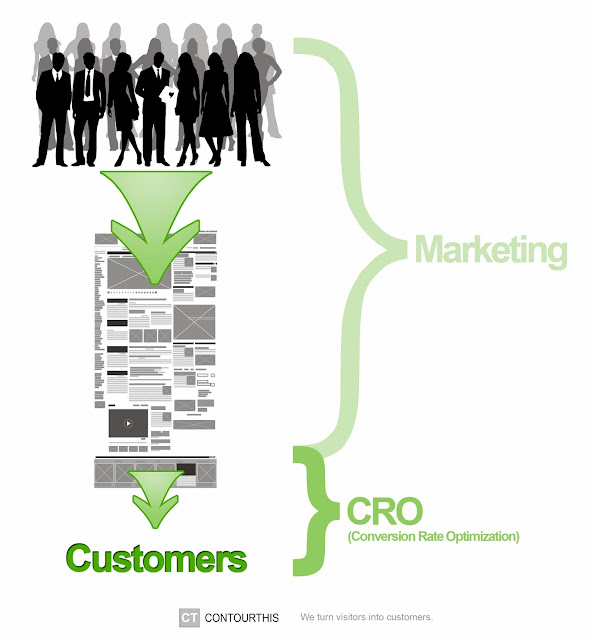You've probably already outlined your marketing plan for 2014. If you're like the majority of companies, you'll continue to expand your content marketing (blogs, ebooks, webinars, etc.) while you try to recover from the litany of algorithm changes Google has released to their search engine over the past year. Your marketing plans may include social media, pay per click (PPC) ads, re-marketing/re-targeting, and possibly even split testing. But, there's something missing.
The data for most marketing campaigns looks about like this:
| Campaign | Impressions | Visitors | Sales |
|---|---|---|---|
| PPC Campaign 1 | 54,382 | 6,525 | 130 |
| Email Campaign 1 | 20,538 | 6161 | 184 |
It means: 20,000 people received our email, 6,000 of those people visited our site, and we got 184 sales out of it. Not bad.
The job of marketing is to bring visitors to the website. You will no doubt work tirelessly over the next year to produce the best content, draft the best emails, and write the best ad copy. All in hopes of bringing more visitors to your website. But you're not done.
Most marketing plans fail to take into account what happens to a visitor after they reach the website. We often just look at it as a numbers game: For every 1000 visitors, we get 20 orders.
You may have a customized landing page for your visitors, and you may even be running a split test to see which picture/title results in the most sales. But, there isn't any real focus on how or why your visitors are buying, or rather leaving. This is the focus of Conversion Rate Optimization.
You've worked so hard to get visitors to your website. Now it's time to take the next step and turn those visitors into customers.

No comments:
Post a Comment